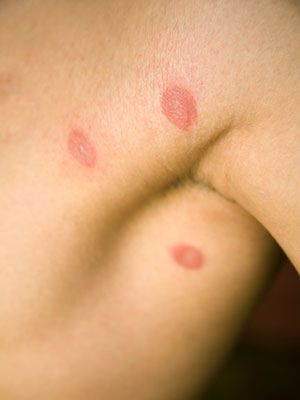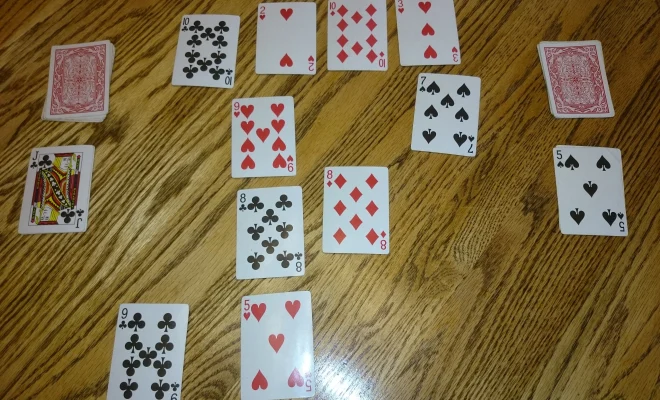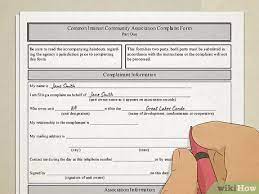How to Treat Embarrassing Water Warts

How to Treat Embarrassing Water Warts: A Comprehensive Guide
Water warts, also known as molluscum contagiosum, are small, raised bumps on the skin caused by a viral infection. These warts can be embarrassing for those afflicted, as they are contagious and can multiply over time. However, with proper care and treatment, you can minimize both the embarrassment and the impact of water warts on your life.
1. Understanding Water Warts
Water warts are caused by the molluscum contagiosum virus (MCV), which belongs to the poxvirus family. They most commonly appear on children between the ages of 1 and 10 but can affect people of all ages. Transmission occurs through direct contact with an infected person or contaminated objects like towels or toys.
2. Symptoms and Identification
Molluscum contagiosum manifests as small, firm, dome-shaped bumps that are painless but may become red or inflamed. They usually appear in clusters and can be found anywhere on the body, but they most often grow in warm, moist areas such as the armpits, groin, or behind the knees.
3. Home Remedies
While no specific treatment can completely eradicate water warts, you can try some home remedies to ease discomfort or itching:
a. Apply a mild over-the-counter hydrocortisone cream to alleviate itching and inflammation.
b. Use colloidal oatmeal baths to soothe irritated skin and reduce itching.
c. Try a tea tree oil solution diluted with water as a natural antiviral agent.
4. Medical Treatments
If your water warts become severe or don’t improve with home remedies, consult a healthcare professional for further treatment options:
a. Cryotherapy: This involves freezing off individual warts using liquid nitrogen by a healthcare provider.
b. Cantharidin: A chemical extracted from blister beetles, cantharidin is applied to warts by a healthcare provider and left to sit for a few hours. It causes the warts to blister and separate from the skin.
c. Curettage: A healthcare provider can gently scrape off individual water warts using a small, sharp instrument known as a curette.
5. Prevention Tactics
To reduce the risk of spreading molluscum contagiosum, practice effective prevention tactics:
a. Refrain from sharing personal items such as towels, clothes, or toiletries with others.
b. Avoid direct skin-to-skin contact with someone who has water warts.
c. Teach children about the importance of personal hygiene and handwashing.
d. Keep affected areas clean and covered with clothing or a bandage.
In conclusion, water warts can be an embarrassing and uncomfortable condition, but with proper care and treatment, they are manageable. Consult a healthcare professional if your symptoms worsen or do not improve after trying home remedies. By practicing good hygiene and using prevention strategies, you can minimize the impact of water warts on your life.






